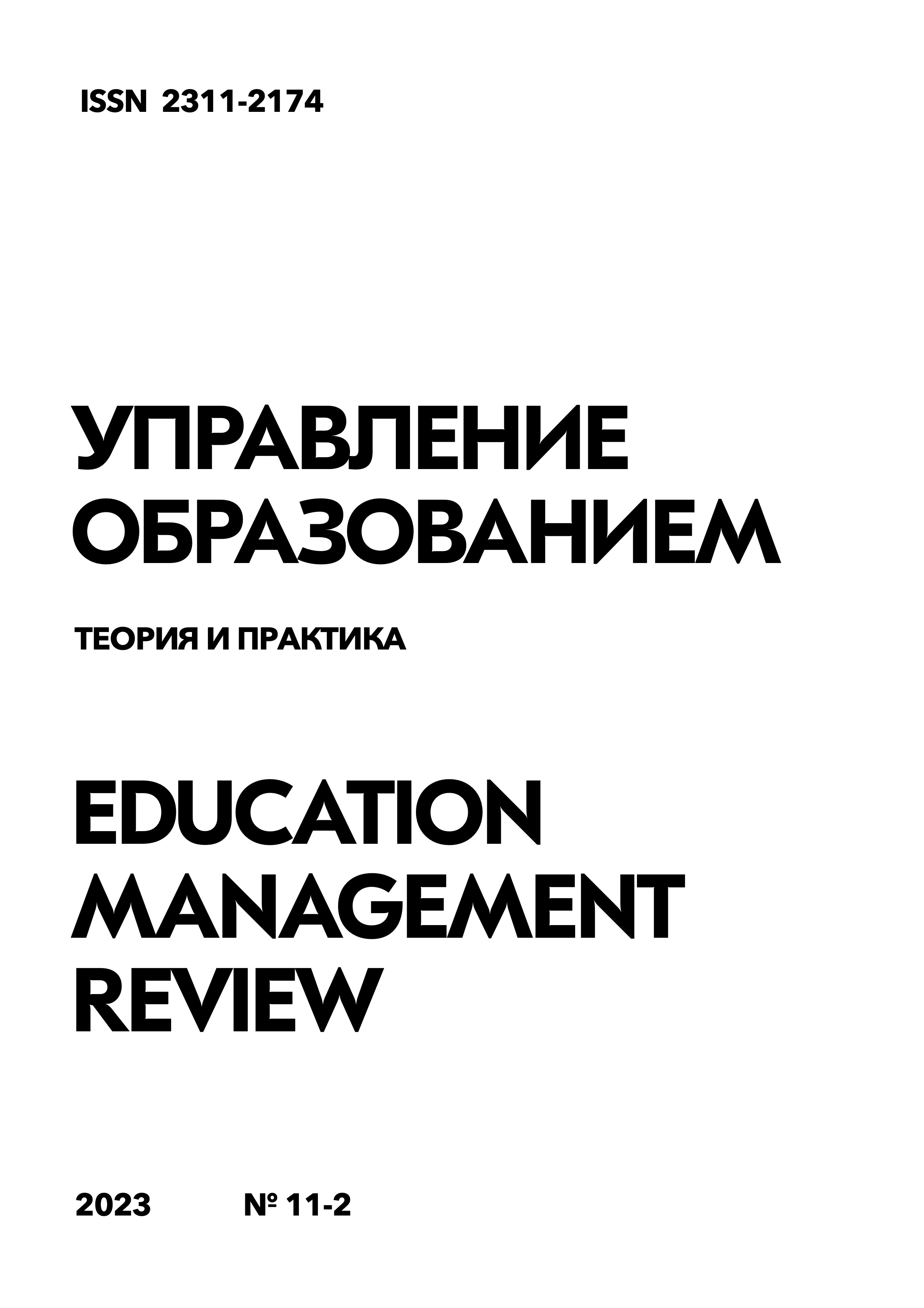The history of the creation of projection images using the example of descriptive geometry as the science of projection
DOI:
https://doi.org/10.25726/x7380-8714-5528-dKeywords:
graphic images, building plans, orthogonal projection, drawing, descriptive geometry, diagrams, computer-aided design systems, modelingAbstract
A person who is self-aware feels the need to express his thoughts and feelings in some way. First of all, as a result of the need for self-expression, rock paintings containing scenes from people's lives appeared. As civilization developed, images began to be of a technical nature and contain projects: that is, images of what a person wanted to create: a house, a temple, a mechanism, a bridge, and so on. The requirements for these images have changed, or rather, rules have appeared that make it possible to unify the images so that different people understand this image in the same way. The rules for projection onto orthogonal projections were developed as part of the creation of the discipline “Descriptive Geometry” by the French scientist and engineer Gaspard Monge. This discipline, which lays the foundations for constructing an orthogonal drawing, remains relevant to the present day. Changes in the technology of drawing are associated with the introduction of computer technologies, which have changed the quality of teaching descriptive geometry, but have left the essence of the discipline unchanged. The study of orthogonal projection and the rules for constructing diagrams is necessary for technical specialists. The emergence of computer-aided design systems in engineering does not negate knowledge of the rules for drawing design, developed spatial imagination and graphic thinking, which makes it possible to transform views of an object, part or structure, depicted on at least two projection planes into a virtual image of this object, part or structure, allowing the development of its technology (their) production.
References
Новиков С.Г., Соколова М.В., Тиняков О.А. Развитие идей Архимеда в науке и технике // Провинциальные научные записки. 2021. № 1(13). С. 51-50.
Обуховец В.А. САПР как инструмент освоения высокотехнологичных дисциплин // Высшее образование в России. 2014. №5 (27). С. 81-86.
Портнова В.К. История возникновения и развития графических работ и инженерной графики // Международный журнал гуманитарных и естественных наук. 2018. № 3. С. 171-179.
Ревзина Ю.Е. Триумф бастионной фортификации в ренессансной Италии: крепости архитекторов семьи Сангало // AMIT. 2017. №2 (39). С. 14-28.
Туркина Л.В. Реализация интерактивного подхода при выполнении практических задания в курсе инженерно-графической подготовки // Современные проблемы науки и образования. 2020. № 2. URL: http://www.science-education.ru/article/view?id=29656
Хасельбергер Л. Строительные чертежи храма Аполлона в Дидамах // В мире науки. 1986. № 2. С. 90-95.

